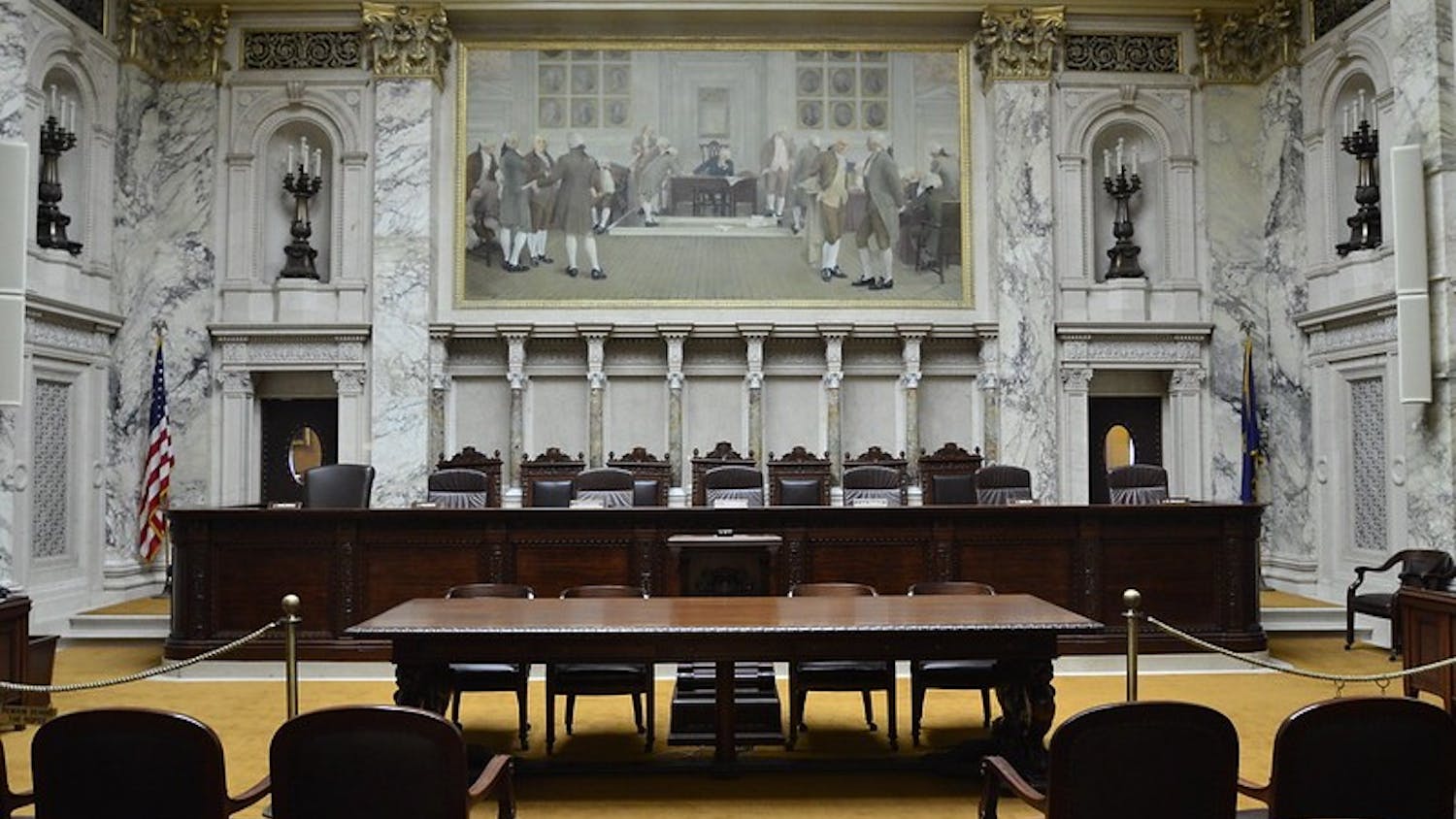Fewer students are able to attend college due to a 14 percent increase in Wisconsin tuition, according to Measuring Up, The National Report Card on Higher Education.
Wisconsin received a D on its report card for tuition affordability by The National Center for Public Policy and Higher Education, a non-profit organization that assesses the country's quality of higher education. Though Wisconsin's affordability is average compared to other colleges around the country, 22 percent of a family's income will pay for one child's public tuition this year, according to the report.
The UW System Board of Regents met in August and proposed a package to lower tuition hikes and provide increased financial aid to students coming from families with lower yearly incomes, according to Regent spokesperson Doug Bradley.
\We pride ourselves on access and affordability, but it's obvious that we're going in the wrong direction on affordability,"" Bradley said. ""The package was proposed, but now it has to go through the governor and the Legislature. We need their support and the support of Madison citizens.""
Undergraduate students borrow an average of $3,076 each year to cover tuition, while Wisconsin's investment in need-based financial aid is lower than other top-performing states, according to Wisconsin's report card.
""[The report] highlights a major national trend-the dramatic increase in the cost of higher education, which is pricing lower income students out of our enterprise,"" said UW System President Kevin Reilly in a statement. ""I am confident that we can improve Wisconsin's rankings in every category with the measures adopted by our board of regents in its 2005-'07 funding request to the state.""
Students coming from lower income families comprise only seven percent of the student body, according to UW-Madison Director of Student Financial Services Steve Van Ess. ""This is a good issue to focus on, but compared to other universities, Madison does have a somewhat modest tuition increase. We still have the second-lowest tuition of all Big Ten schools.""
Last year 30,498 undergraduates applied for financial aid, but only 16,145 received some form of aid or scholarship. Forty-one percent of graduate students received financial aid last year as well, which left more than 7,000 applicants with no financial support, according to Van Ess.





